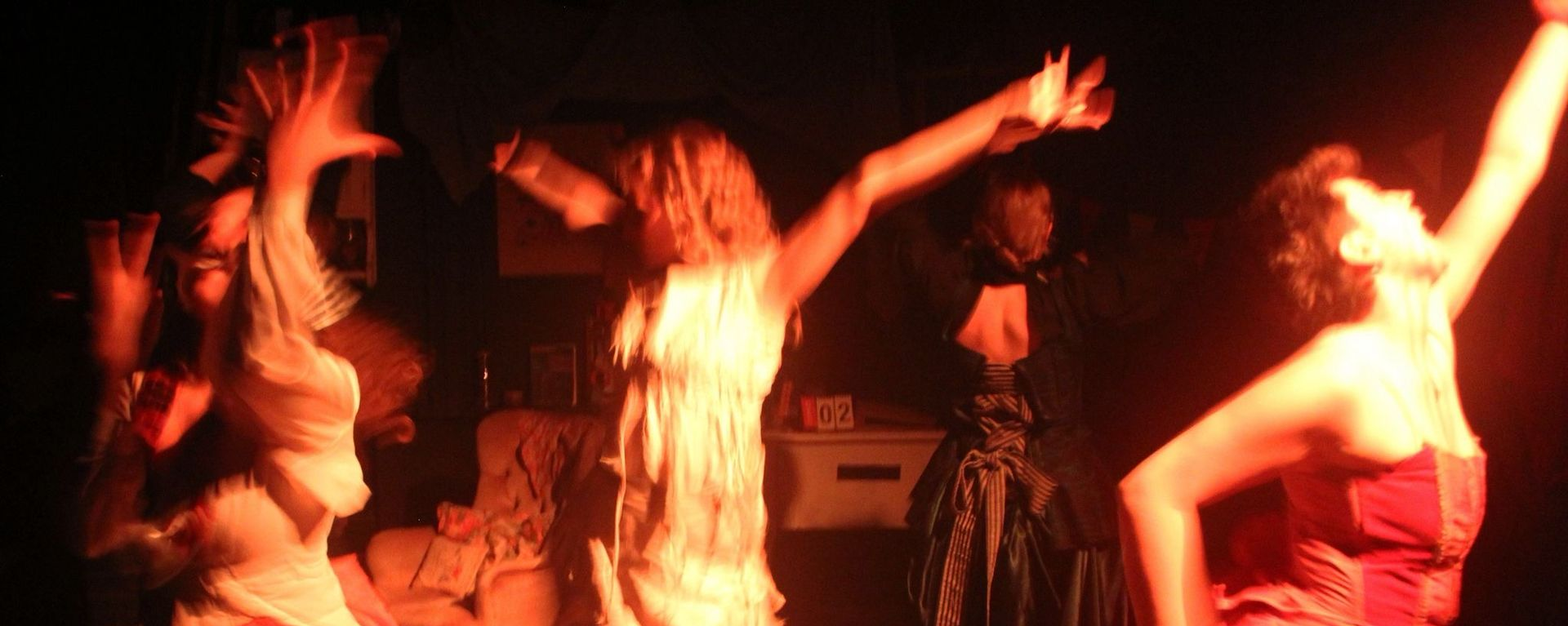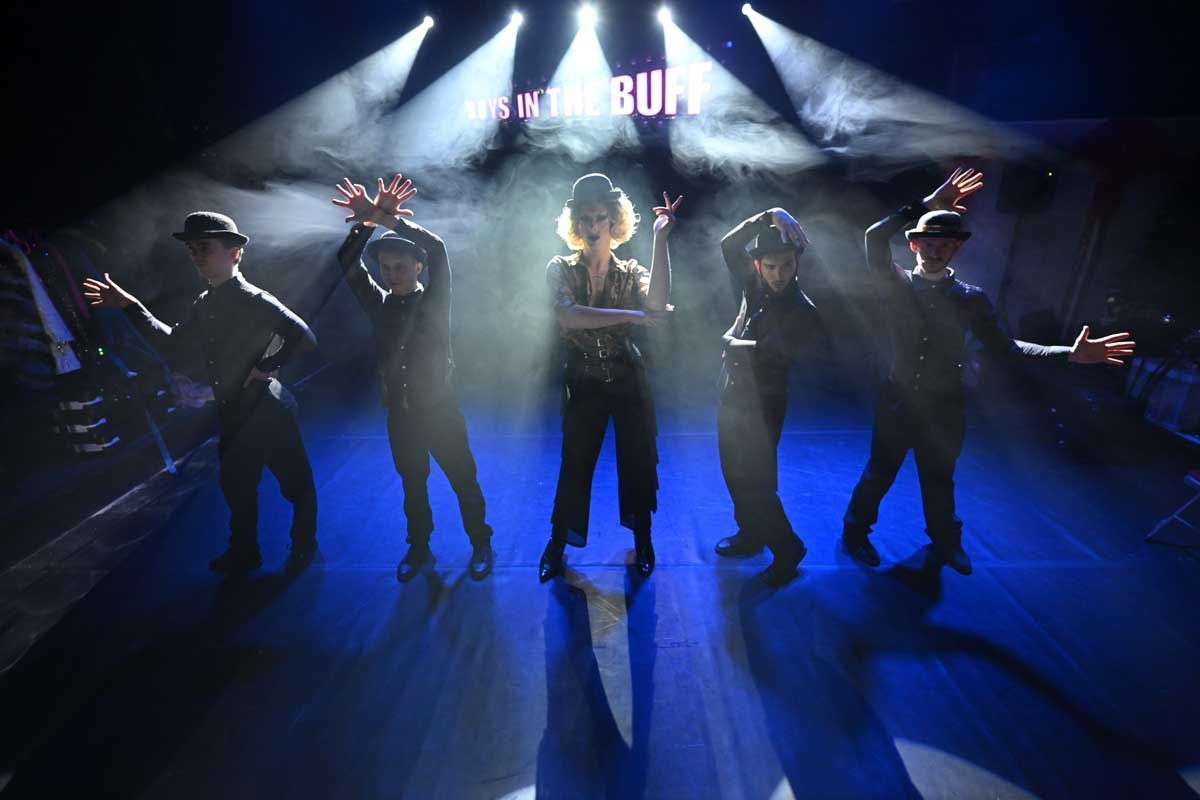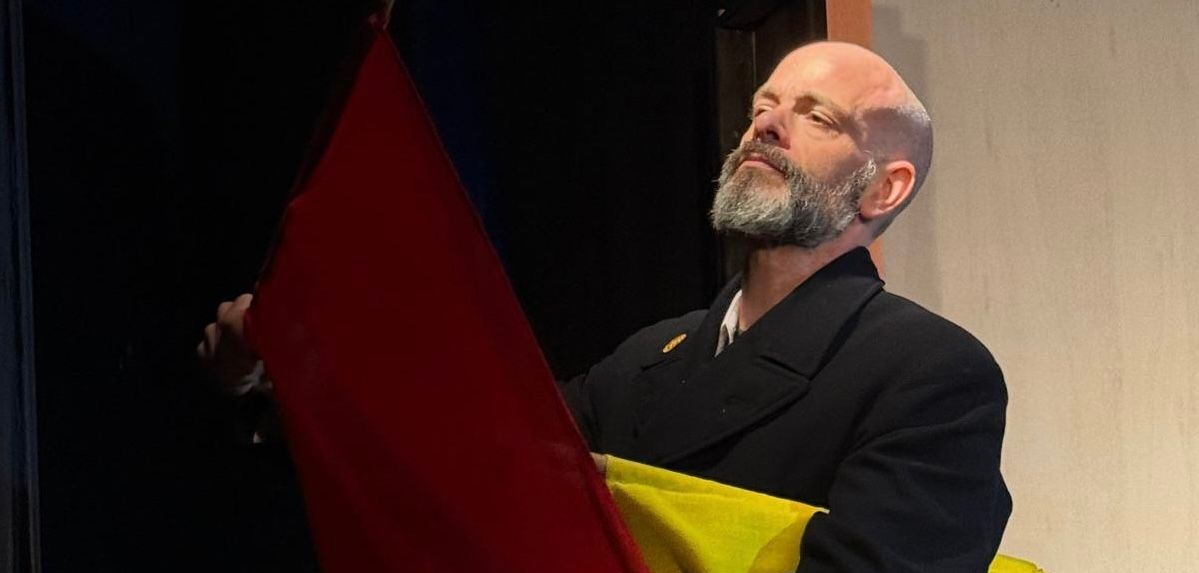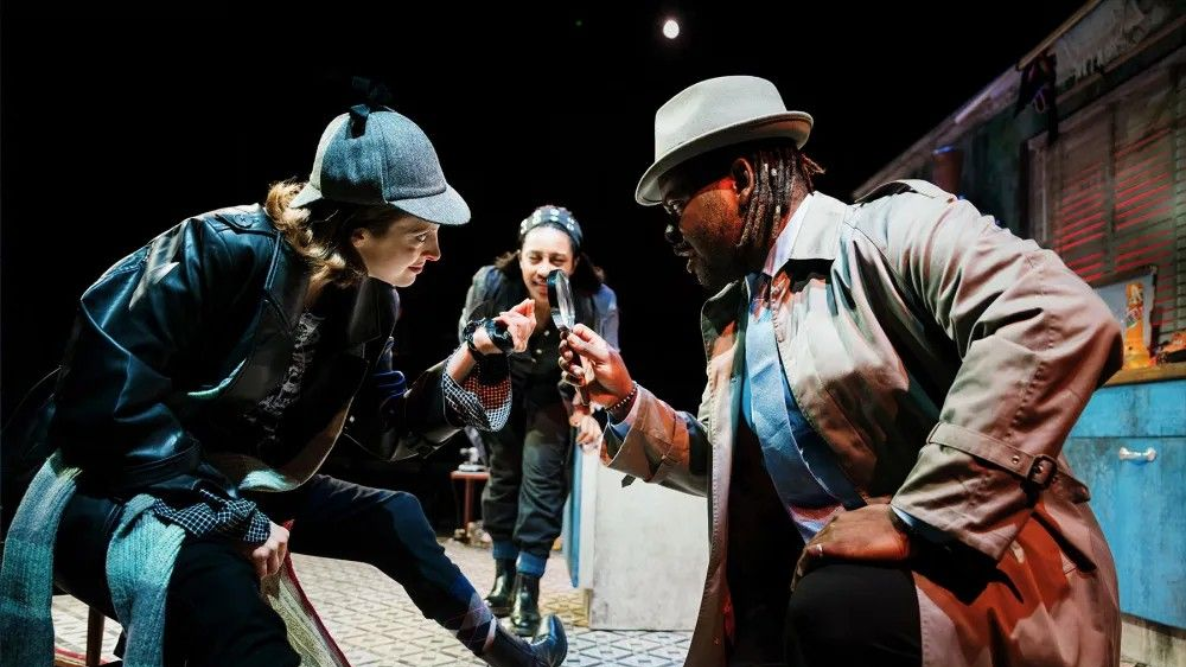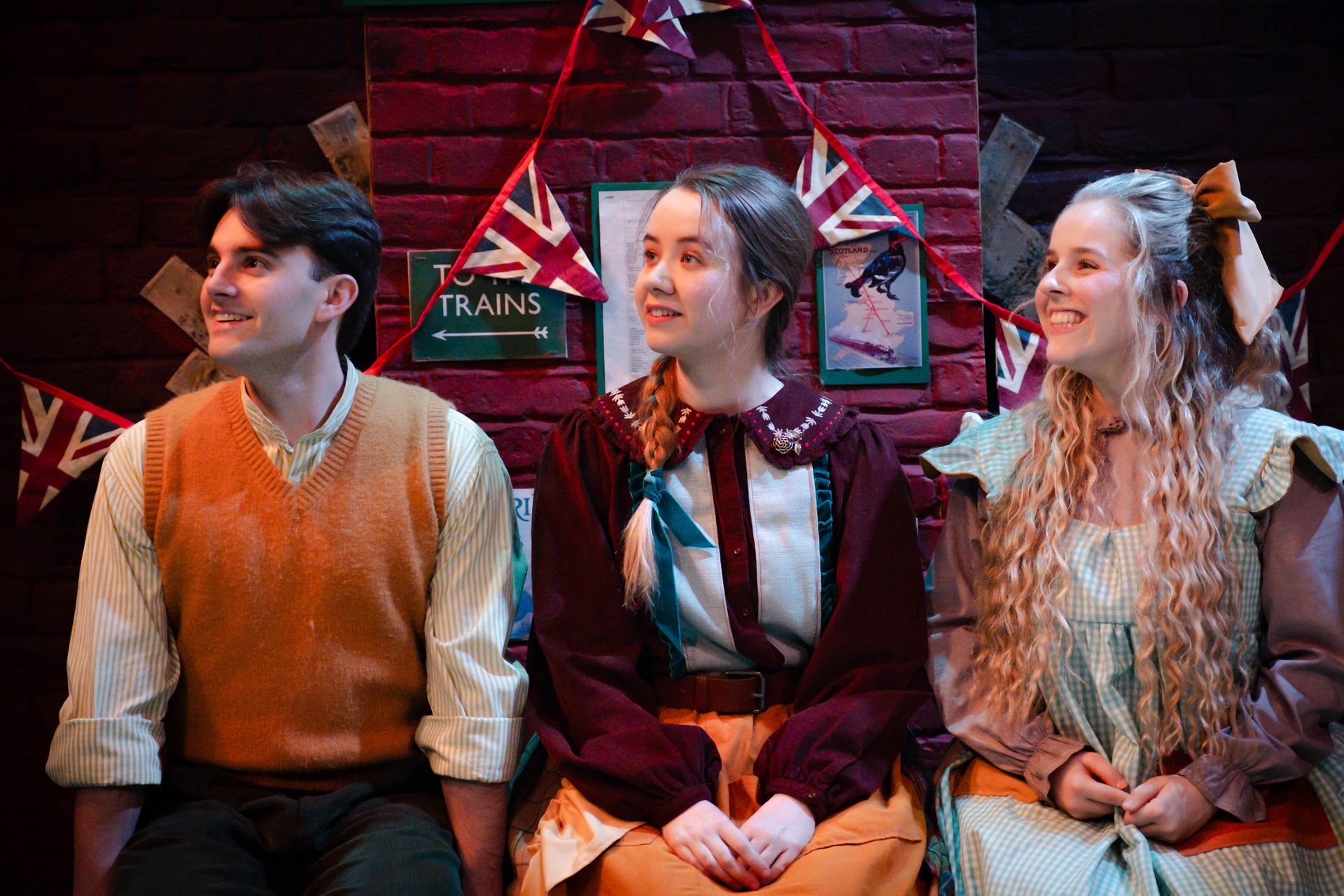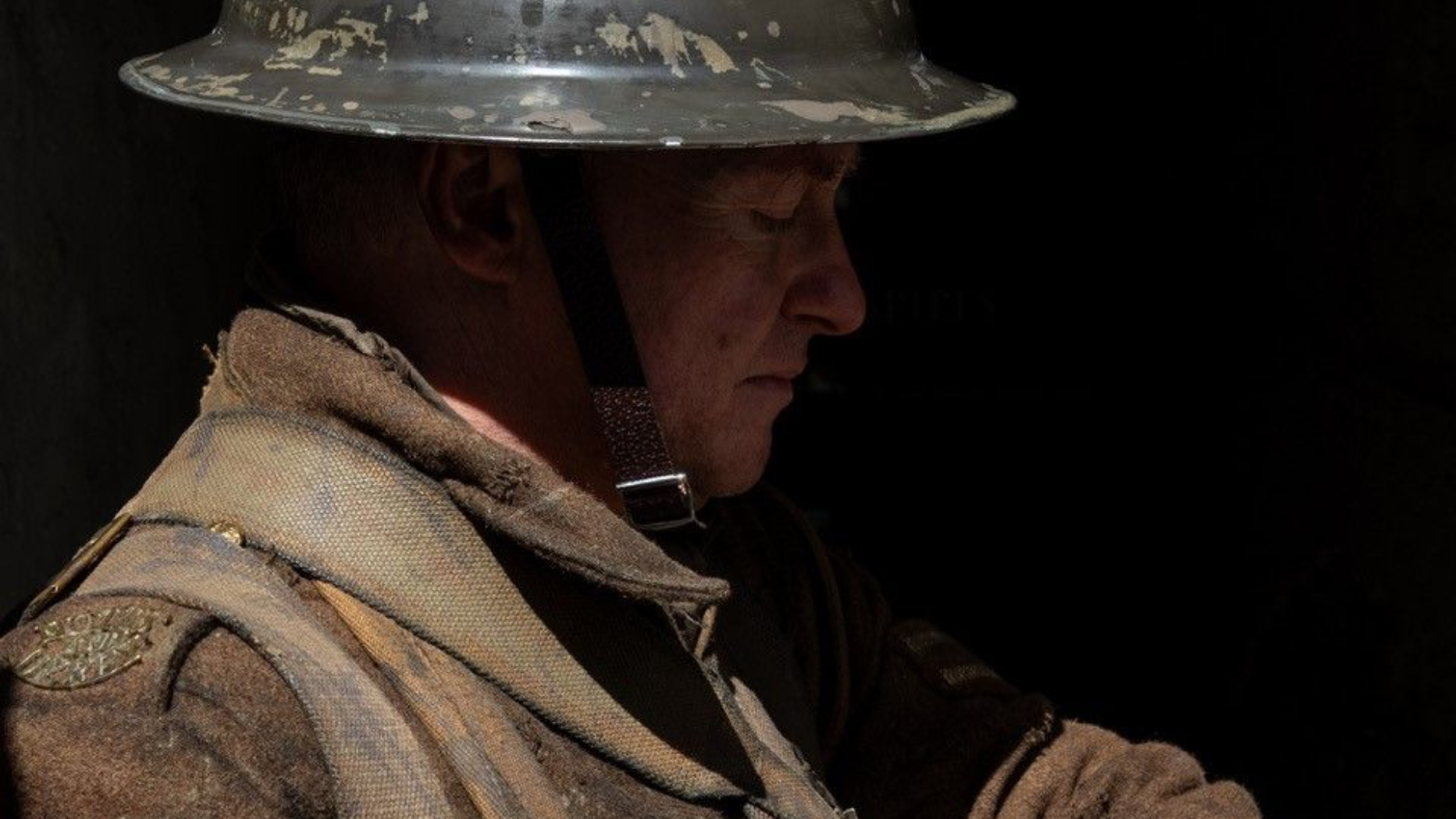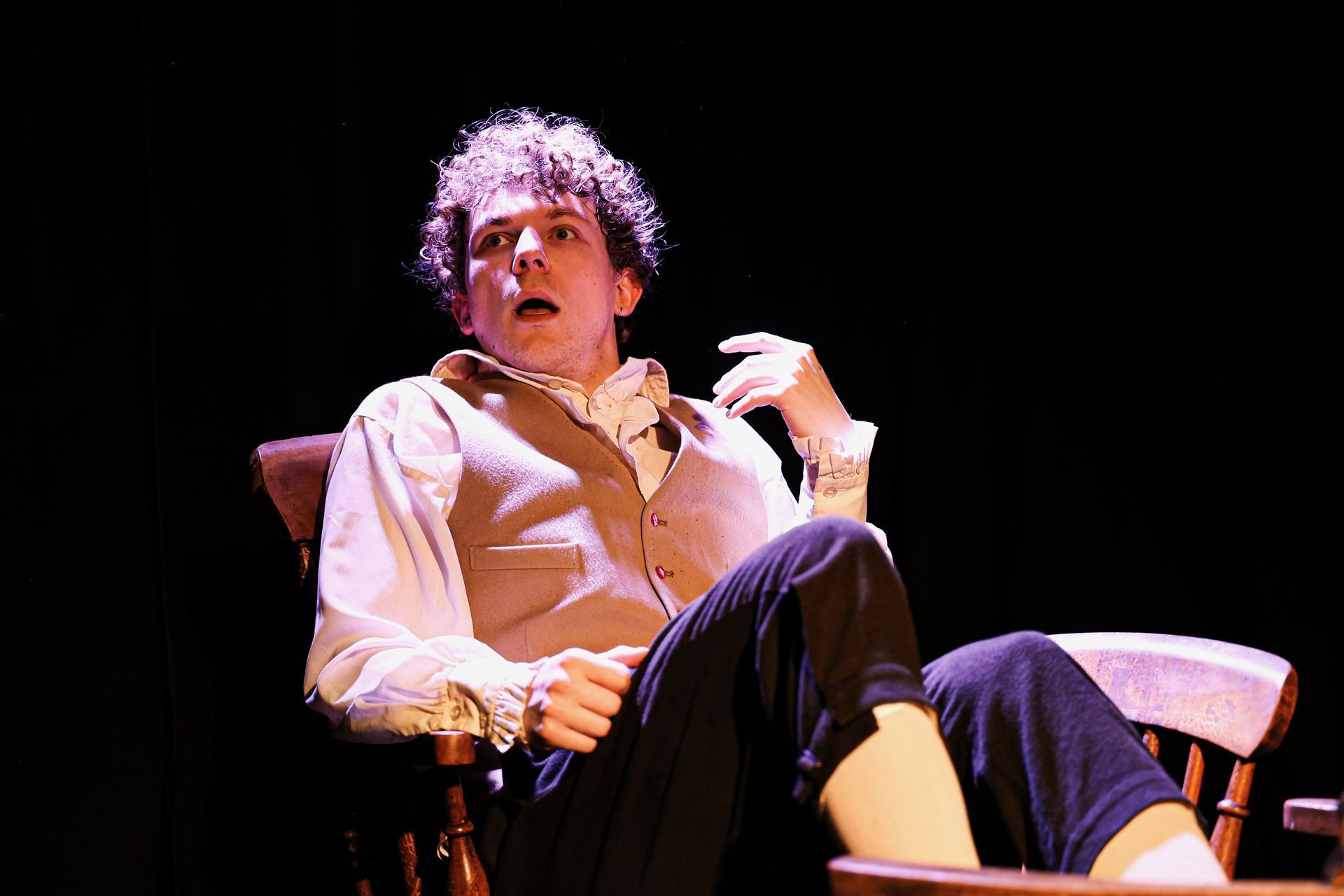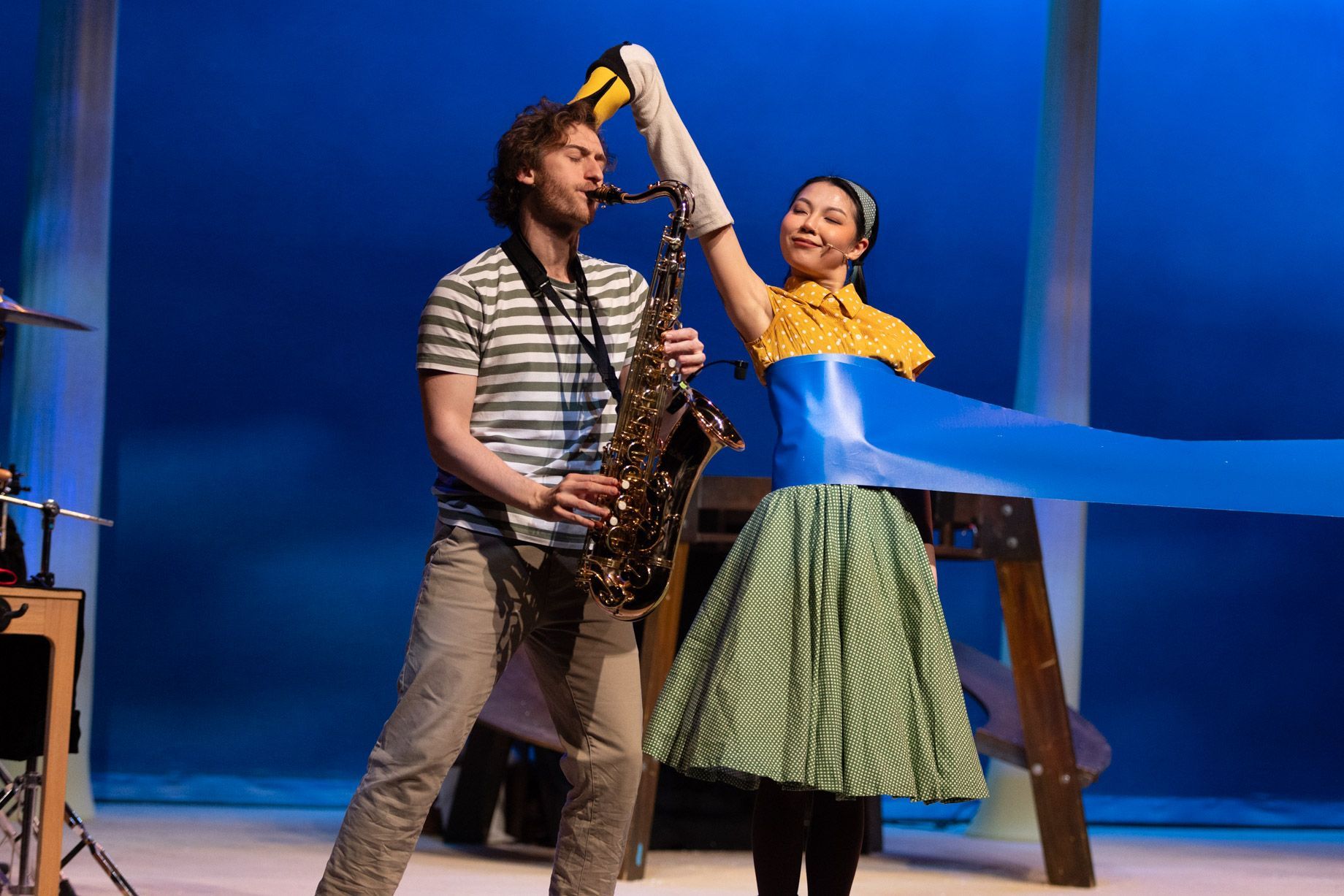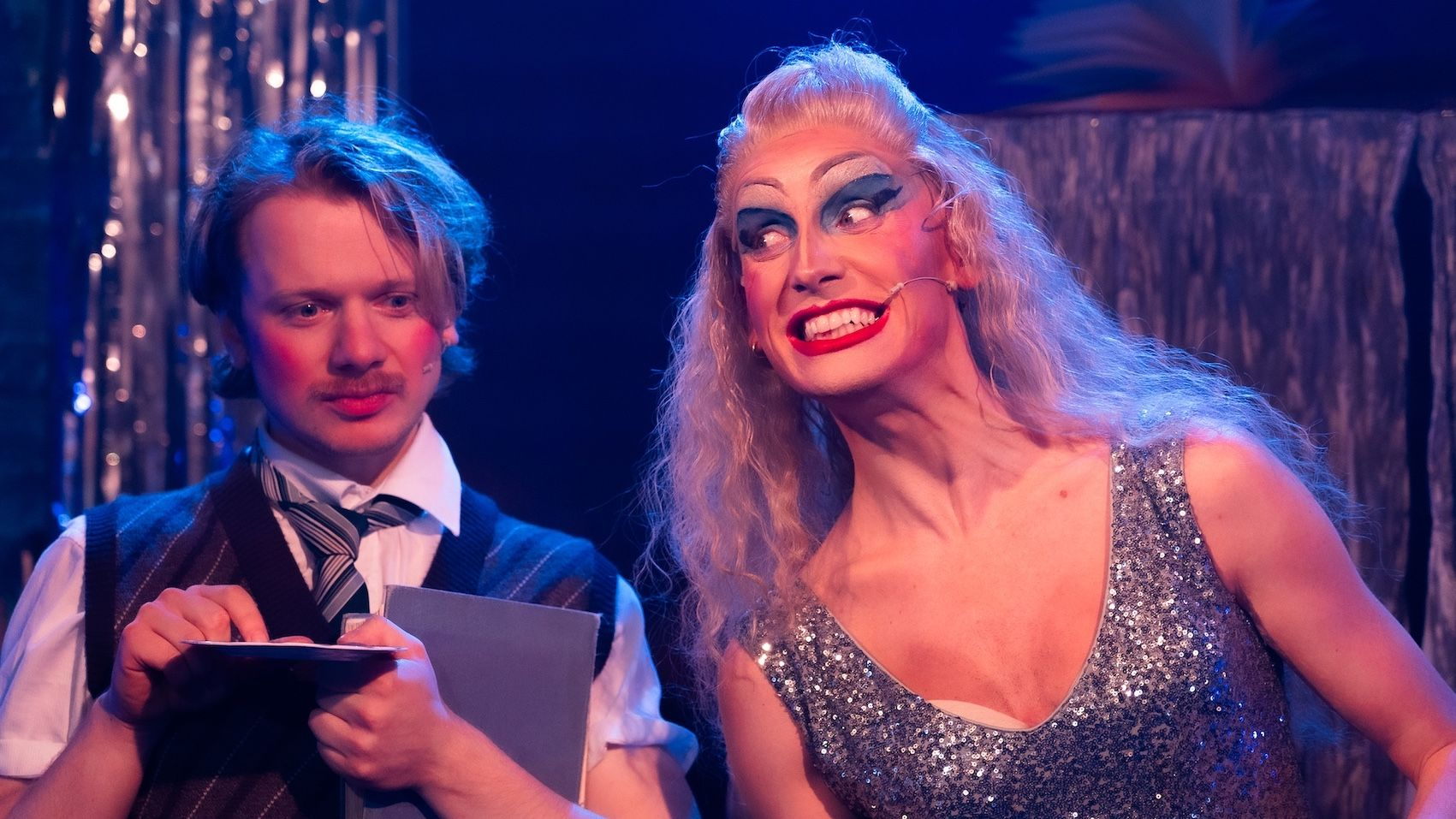by Heather Jeffery
•
8 December 2025
‘an ideal show for anyone who likes the traditional at Christmas’ ★★★★ Charles dickens perennial favourite, A CHRISTMAS CAROL, is adapted for the stage by Douglas H. Baker. To make his task a little harder, this production is performed by one man, Gwithian Evans. It is a high energy and extremely skilful performance, bringing all 35 characters to life. It is easy to lose oneself in the story, as Evans makes split second changes of persona with exquisite physicality, so it is very easy to follow the action. Not having read the original Dickens text for many years, some of the lines stand out for their beautiful rhythms and startling imagery. Perhaps sometimes there is a little more of Baker in the adaptation (I’m not sure). The little discussion of ‘dead as a door nail’ for example. Why not ‘dead as a coffin nail’? On the other hand, some lines are very clearly Dickens’ own. ‘Every idiot who goes about with 'Merry Christmas' on his lips should be boiled with his own pudding, and buried with a stake of holly through his heart.’ Although billed as a one-man show, the creatives involved have made this feel so much broader in range. Albeit, a simple set involving three chairs and a door on casters, the sound design (Richard Carter) adds a further element, superbly choreographed to go with Evans super-fast movements and changes of personality. Director Claire Evans clearly has a steady hand as the precision needed to pull this off surely needs experience, long rehearsals and dedication. The lighting design (Alistair Lindsay) also helped to give nuance on the occasion when the ghosts are appearing, with one particularly spooky effect, a small addition to the overall aesthetic. As the scenery is very simple, the door is very busily used. How intriguing to note the importance of doorways to the tale. The doorway of being invited in or told to leave, the doorway between worlds, the spirits and the human. It did seem an apt addition to the staging to have that door a central conceit. For me, though, this very traditional telling of A Christmas Carol has become very out of sync with our times. With so many changes in our world, it begins to lose its power. The idea is to take Scrooge on a journey through themes of greed, regret, compassion, and, ultimately, redemption. It’s a lesson for us all to be generous and to live our lives for today, which might ‘hit the nail on the head’ but would Tiny Tim really survive, would those relatives really be living just around the corner, would those relatives really be delighted to invite him in? It is a wonderful tale about community, but sadly not everyone has that anymore. Perhaps if there is anything that we can take away from this show, is that we all need to work more at reviving that sense of togetherness wherever we can. Finally, ONE CHRISTMAS CAROL is an ideal show for anyone who likes the traditional at Christmas. It’s not really for the youngest members of the family as there are no costumes changes and apart from a slightly irritating sprinkling sound (rather abracadabra) the elements are not likely to be much fun for young children. Nevertheless, it is a wonderful vehicle to show off the talents of the acter, who sparkles in the role. Tour dates (still to come) 12th December // Cleeve House, Seend - Book Now! 13th December // Vera Fletcher Hall, Thames Ditton - Book Now! 14th December // The Barn Theatre, West Molesey - Book Now! Tickets Writer: Douglas H. Baker Director: Claire Evans Performer: Gwithian Evans Lighting: Alistair Lindsay Sound: Richard Carter Producer Alistair Lindsay | Unusual Theatre Photography: Yuchu Zhao
